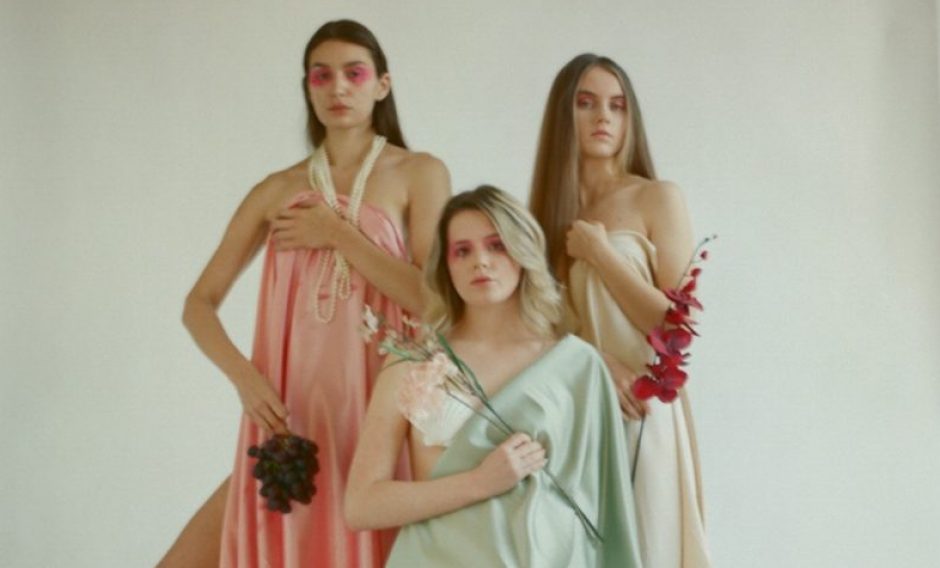I have been collecting videos of AR filters glitching on my face for over a year now, just because I found them funny. When I started doing the facetune paintings, I enjoyed flitting between the original image and the edited image to see the transformation and this reminded me of those old videos.
It’s interesting to look at them now that I have developed my theory of dress, are these videos flitting between states of dress or do they just create a whole other form of dress? I think the latter.

